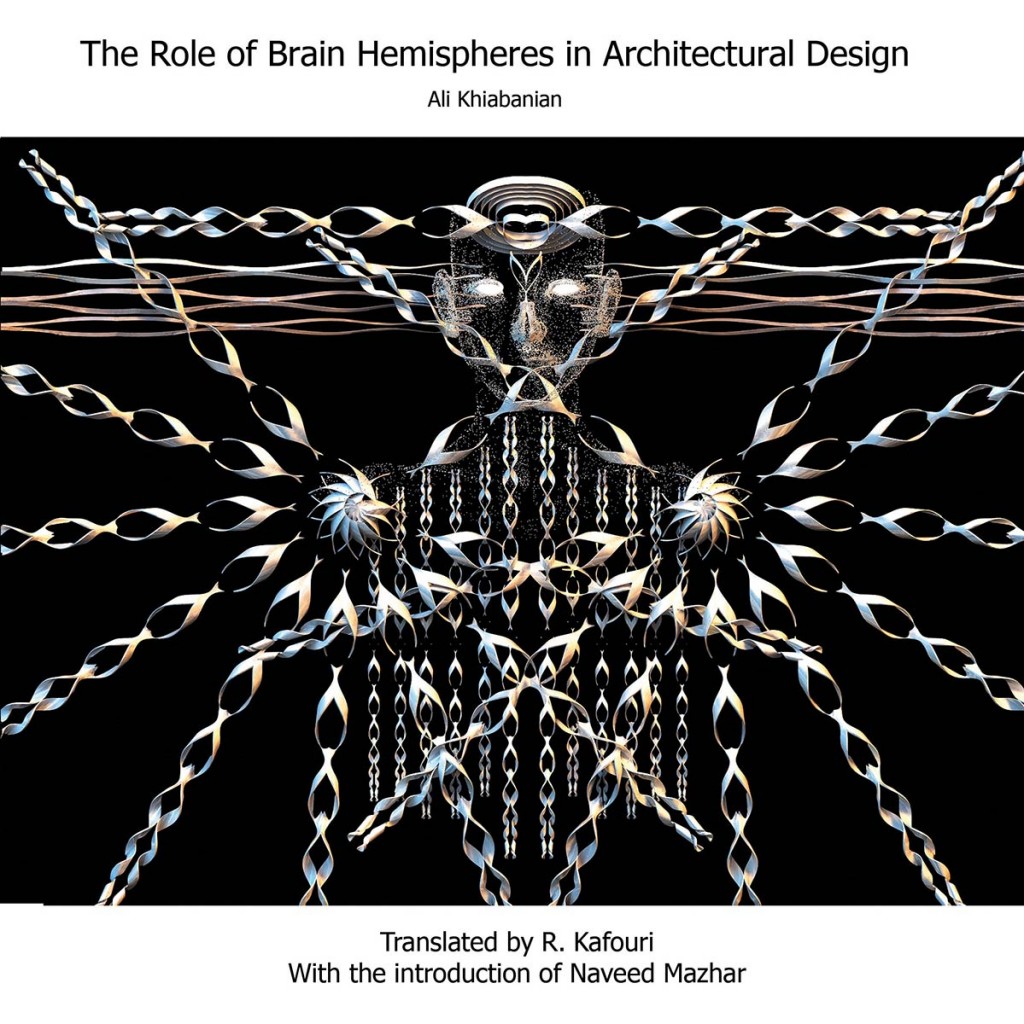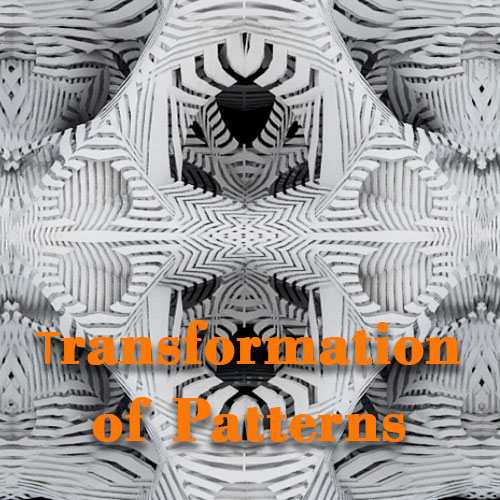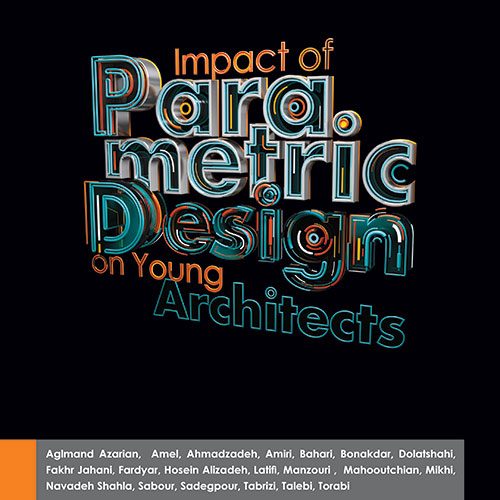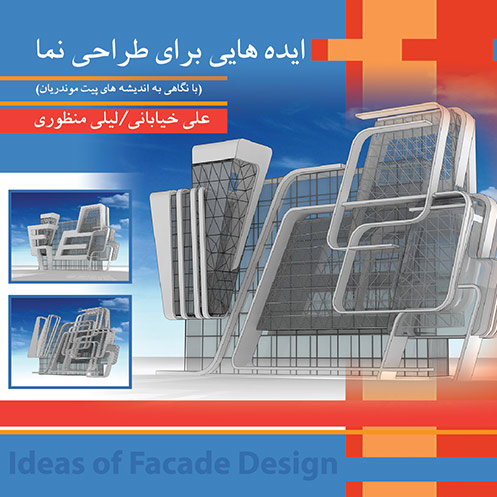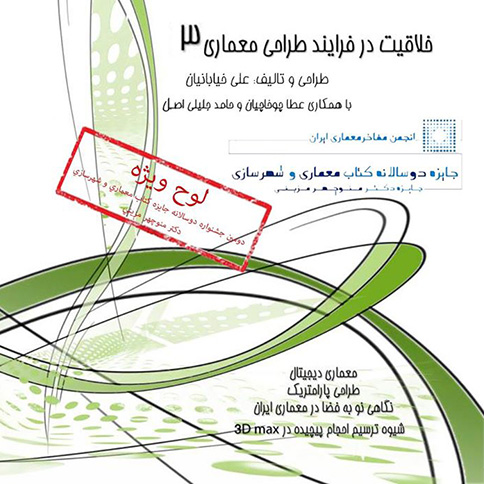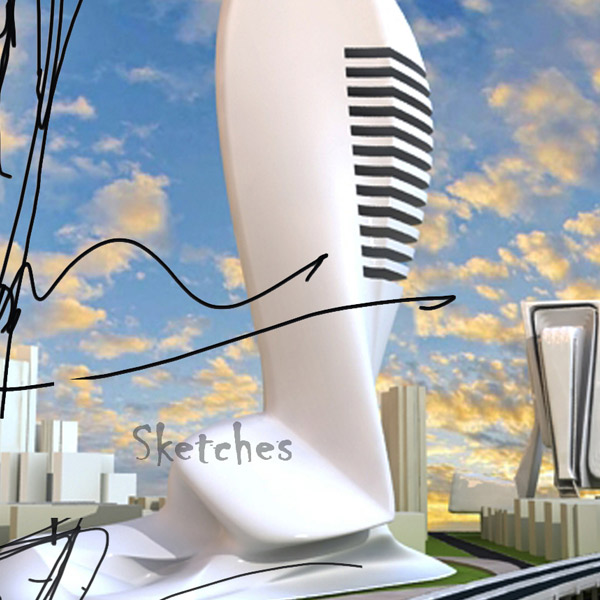The role of brain hemispheres in architectural design
Title: The Role of Brain Hemispheres in Architectural Design
Author & Designer: Ali Khiabanian,
Translator (from Persian): Chadorkafouri, R.
ISBN: 9781939123053
LCCN: 2015905949
Publisher: Supreme Century, Los Angeles, CA
Prepare for Publishing: Asan Nashr
***
Facebook page: The role of brain hemispheres in architectural design
***
During recent decades, creativity as one of the most important educational factors has attracted more attentions. Psychologists and instructional thinkers try to define and set methods and systems to strengthen individuals’ creativeness. This was discussed and analyzed in art and architecture areas for a long time so that different solutions on training creative artists and architectures have been offered in several books and articles by now. The first and most important question we face at the beginning of discussion in classes and specialized arguments relates to methods of strengthening creativeness and whether creativity can be trained and learned.
Recent findings of psychology make it clear that unlike the ancients’ ideas, creativity process is not inherent; rather it can be educated.
Psychologists and experts of educational sciences believe that:
Through education, we can teach children to think about unusual ways, think about problems and find solutions through taking benefit of brain right hemisphere and divergent thinking. Creativity process is not a premade one; rather it is a generative and changeable process.
In subsequent arguments, the posed questions will be answered. The first section of the book will consider creativity role in training, specially art and architecture, through obtaining a brief knowledge about creativity and creative thinking. We will try to reach a correct and comprehensive knowledge and analyses about function of brain hemispheres in architecture designing process by resorting to our experiences and learning.
How to Strengthen Left Hemisphere:
1- Solve crossword puzzles.
2- Write down daily routines in detail and follow a plan.
3- Prepare a summary while reading and studying.
4- Try to memorize what you hear.
5- Strengthen logical thoughts.
6- Divide the tasks into smaller parts and perform them step by step.
7- Plan to study mathematics and philosophy as part of your programs.
8- Practice chess and puzzle.
9- Learn management skills.
10- Use your sense of hearing in nature for more enjoy.
11- Practice speaking and lecturing. (Psychological Society of Isfahan)
Divergent thinking is duty of the brain right hemisphere. This hemisphere focuses on pictures and patterns. It reaches intuitive perception through following emotions. Concurrently processes different subjects and connects the information. Initially, it deals with generalities and then considers details. It takes benefit from free association and looks for reasons of laws instead of following them. Function of this hemisphere is such that it can produce a big cocoon just equipping with a clue and it uses all related and unrelated things to do so. Creative thinking, in fact, is in a direct relationship with divergent thinking. Individuals with divergent thinking do not accept phenomena, affairs and thoughts as they are. They try to exactly analyze the subject with a different view and even add their own comments to it. Interestingly, most great elites such as Van Gogh, Einstein and Emilia Dickinson (American famous poet) mostly benefitted from their brain right hemisphere.

